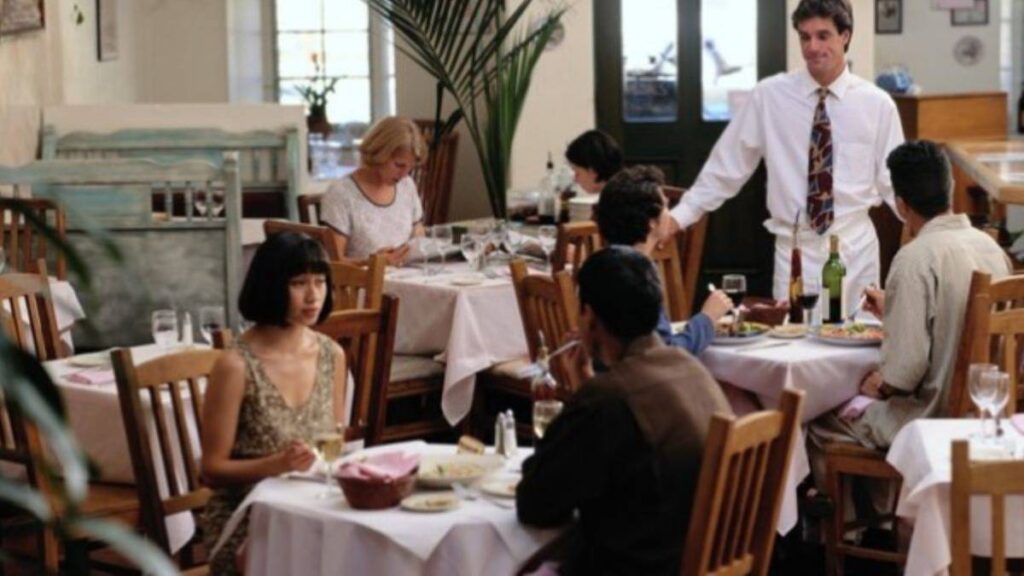Initially, it didn’t seem like something to worry about, but now hidden fees are becoming a regular part of restaurant bills. From a few negligible cents, they have now risen to sizable amounts in dollars from a few negligible cents. Plus, some of them have fancy names now.
One such hidden charge is the PUF. This stands for Public User Fees. If you pay attention to your restaurant bills, they would be pretty easy to spot. This bill is usually just 1% percent of your bill, but customers need to know what it stands for or what it is they are paying for.
Many customers will be surprised to discover that the PUF has little to do with service delivery inside the restaurant. It’s pretty much money to fund the building and maintenance of the restaurant’s parking lot, its building, or the roads that lead to the restaurant.
Property developers demand this fee from the restaurant, who then pass the burden on to the customer. Things would have been much better if customers only had PUF to worry about. But there is more.
Also Read: California Governor Signs Bill That May Affect the State’s Fast Food Industry
Credit card fees are also now a more prominent feature of restaurant charges. While this fee has been around for as long as card payments have existed, restaurants have traditionally covered the cost until recently.
Now, customers find credit card fees making up 1.5% to 3.5% of their charges. They feature on every payment made with credit cards, which, with the prevailing cashless tradition, now means almost every transaction.
But that’s not all. Credit card charges vary from card to card. American Express cards attract fees of up to 5%.
Diners aren’t the only ones feeling the pinch. Restaurant servers are also bearing the brunt. Some restaurants are taking these credit card fees from card tips.
You might not think servers would be charged much, but a closer analysis will shock you. For a server who gets, say, $500 every week from credit card tips, charges could amount to over $75. So, if you’ve wondered why restaurant servers prefer cash tips, your answer is pretty evident by now.
POLL—Should the Government Implement Stricter Penalties To Combat Retail Theft?
But that’s not all. There is now the Kitchen fee, a portion of your bill that goes to the chefs who are working behind the scenes. Restaurants introduced this charge to compensate for the chef’s lack of exposure to tipping opportunities that servers enjoy.
The list of additional charges won’t be complete without the “employee recruitment and retention” few. This fee, which is usually about 2.85%, goes from the customer’s pocket to the restaurant’s account.
It funds the restaurant’s efforts to recruit and train new personnel. Customers who know about the bill have been taken aback because the training and recruitment of staff should be the sole responsibility of the restaurant.
To cap it up, some restaurants now charge extra if kids are at the table to cap up. The restaurants are charging the fees because they believe it costs more money and effort. Especially if the kids are unruly. Some restaurants charge up to an additional $50 for kids at the table.
Customers are beginning to speak out against the trend. Some have threatened to avoid any restaurant with outrageous hidden fees. As the situation worsens daily, the question is, who will call the restaurants to order?
You Might Also Like:
Why Are Wealthy Californians Ditching the State for Arizona?
Why Voters Are Worried About Biden’s Age, Not Trump’s
Michigan Changes Its Gun Laws a Year After MSU Mass Shooting
Legal Experts Condemn Trump’s Supreme Court Immunity Filing, Claim It’s “Poorly Writing”
Texas Attorney General Slams Sen. John Cornyn for Supporting Foreign Aid Bill
